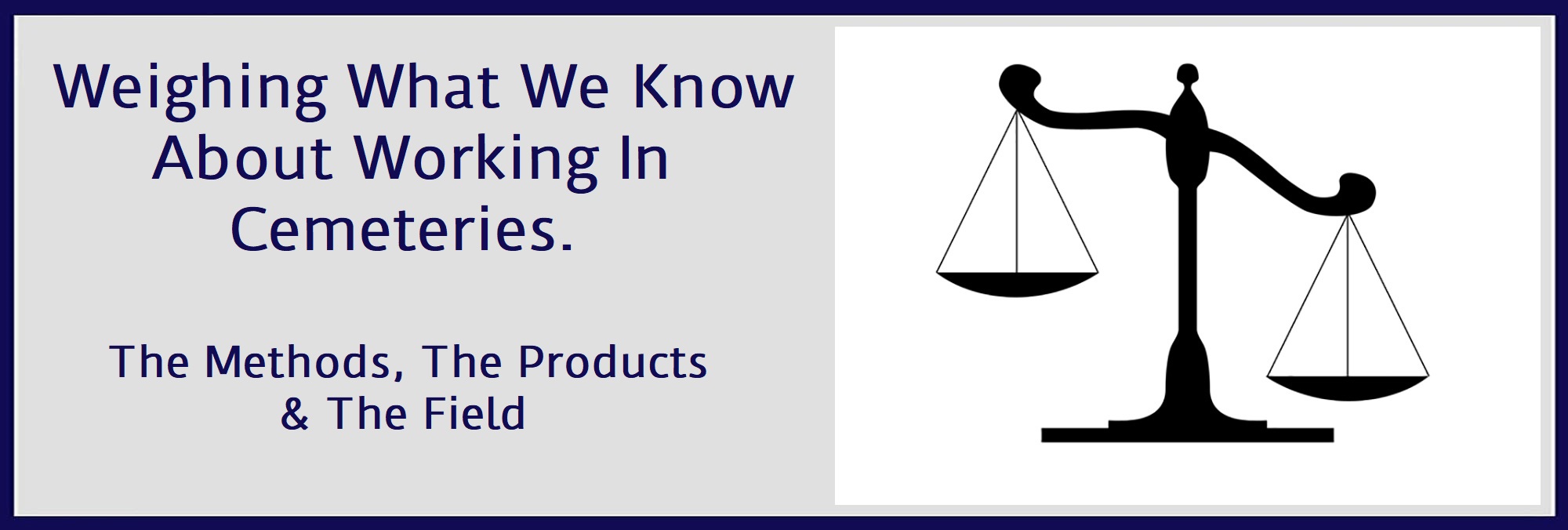
This section is here to weigh out the many “Pros VS Cons” that seem to exist in this relatively young field known as the cemetery preservation and restoration. A young field born out of the need and want to maintain the memorials left us in cemeteries. Maintaining things from the past has been around almost as long as the past itself. Art, documents, books, buildings, and now cemeteries. After the desire to save these things is met, then begins the how to save them, through what means and with which forms of maintenance. This quickly becomes a much clouded issue for many. We hope to lift this fog with some simple fact based thoughts and principals. Our cornerstone or main pillar for doing this will be a thing called, “Do No Harm”.
Do no harm means simply not using a method, technique, or product in conjunction with a method or technique, which will be harmful to the grave marker in either the short or long term. When considering any type of work on a grave marker, you must always ask yourself, is what I am attempting going to cause greater harm or damage to the marker? You find out such things by becoming more well informed on the subject. The CCUS strives daily to gather and present as many facts on this subject as is possible. Because the world of cemetery preservation and restoration is an ever changing one, we do not claim to have all the answers all of the time. What we have to present are some of the best current facts as we know them.
The CCUS is VERY fact based when it comes to any given subject or particular of a subject. We put our information together in a bottom up manner and not from top down. It is about discerning and presenting things through a series of well-known and proven building blocks with the do no harm principal to guide the placement of these blocks. Well thought out research that proves out facts and not opinion is what we use. As in most anything, there is no shortage of opinion in this field. There is also no shortage of experience that is also based on opinion. We feel experience should also be examined through the lens of facts. Experience should not just be taken for granted because of someone’s say so because they have been doing something for years. This questioning can ruffle a great many feathers as you might imagine. We believe what is most important here are methods that don’t damage grave markers and not bruised egos.
Addressing The Many Splintered Factions Of This Field
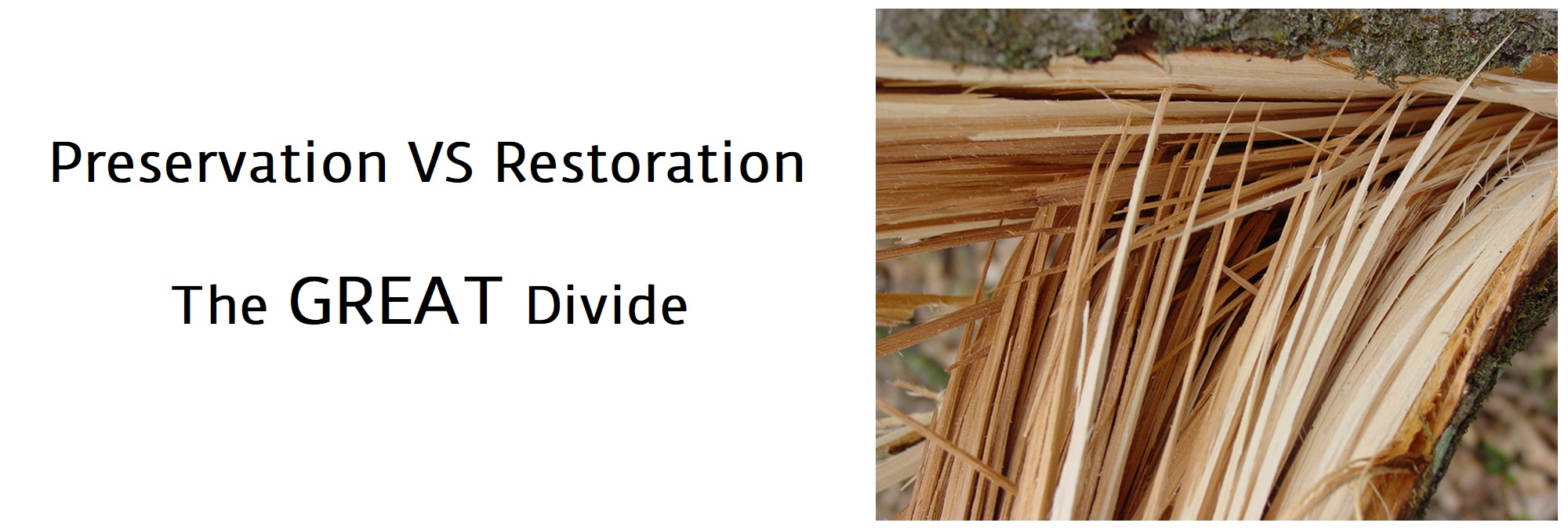
Preservation VS Restoration…Nothing divides this field more than the existence of these two camps. Preservationists are often viewed as the purists in this field. Preservation is simply preserving the integrity of the grave marker in the most noninvasive manner possible. Preservationists do what they can to save a marker in its most original form, and not alter the marker any more than is necessary to preserve, save, and stabilize it. This can become quite a challenge to accomplish and can add new meaning to less is more. Restorationists are often viewed as the improvers of things in the field. Restoration is more about giving something a look of being brand new or freshly carved. And to achieve this, it is almost always extremely invasive. These alterations can range from resurfacing to complete and total re-carving. Two very distinct groups to say the least, as well as two distinct trains of thought or ideology. And so begins the first great schism in the field.
There seem to be two main arguments that take place between preservation and restoration. The first is a moral or ethical argument if you will. And it is simply, how can or why should you try to improve or alter the intent of the original carvers work? Many will equate this to, how could you improve on Michelangelo’s works? Restorationists often scoff at this comparison and make fun of comparing grave marker carving to such a renowned carver and artist. But, they fail to see the point is about altering any past sculptor’s work, whether they be famous or obscure. And in turn further altering pieces of history. All things man made will crumble and fade away at some point. This is just plain fact. Preservationists have offered other alternatives to invasive measures, such as preserve what is there, document it thoroughly, and if need be for the sake of remembrance through some type of permanence, carve a replacement marker and place it next to the original. Restorationists usually have no answer to this suggestion or simply argue for the sake of argument.
Once you can set aside the ethical argument, the second and more important argument that should be addressed, is does restoration cause harm to the original marker? This is not only the most important thing to be considered, but the hardest to get real factual determinations on. There are no studies that we can find on this particular subject that go into any real depth. What we have are basically two things to go on. One is information or suggested guidelines from national historic organizations like the park service, the NCPTT, and affiliated Veterans Administration sources connected to our national battlefields and cemeteries. They have clearly said that removing surface material is not a good thing to do, and especially through mechanical means. Sadly, they stop short at this point and don’t seem to give any further explanation why. Or at least none that we have been able to find at this time. We hope this will change in the near future.
The other thing we have to go on are the numerous examples of restoration gone wrong through many means that alter the surface of grave markers. Most of which were achieved through some type of mechanical means or resurfacing technique by mechanical means. We have reached out to members in the restoration camp numerous times to give explanations on such techniques and methods in the hopes of being able to put this subject to rest. But sadly they are quite silent on giving any type of detail or study of the very methods many claim to have practiced for years. When we ask for any type of evidence or history that would prove these methods to do no harm, we are quite often met with scorn and belittling behavior. This is something else we hope will change in the near future.
And because we are a fact based organization, we are left with no choice but to neither condone nor condemn re-carving by professional stone carvers and masons. We do advise like in all things, that you thoroughly research those you would hire to perform such work, and we encourage you to ask them the same questions we have been asking. When it comes to restorationists that use mechanical means to alter or resurface markers, we believe there is overwhelming evidence that shows this method is often very damaging to markers.
Conclusion
The less invasive the method or technique, the less risk of irreversible damage. Do we as a society need to risk damaging what we have for the sake of making everything look brand new? Isn’t there enough risk in just trying to preserve what we already have? Like many historic things, a balance must exist between an object being preserved and still not losing its original character. This holds true for cemeteries as well. We should remain more focused on the present risks involved in keeping what we have, and not taking risks to have what we want.
Trying To Bridge The Gap Amongst Those In This Field When It Comes To Products And Methodology
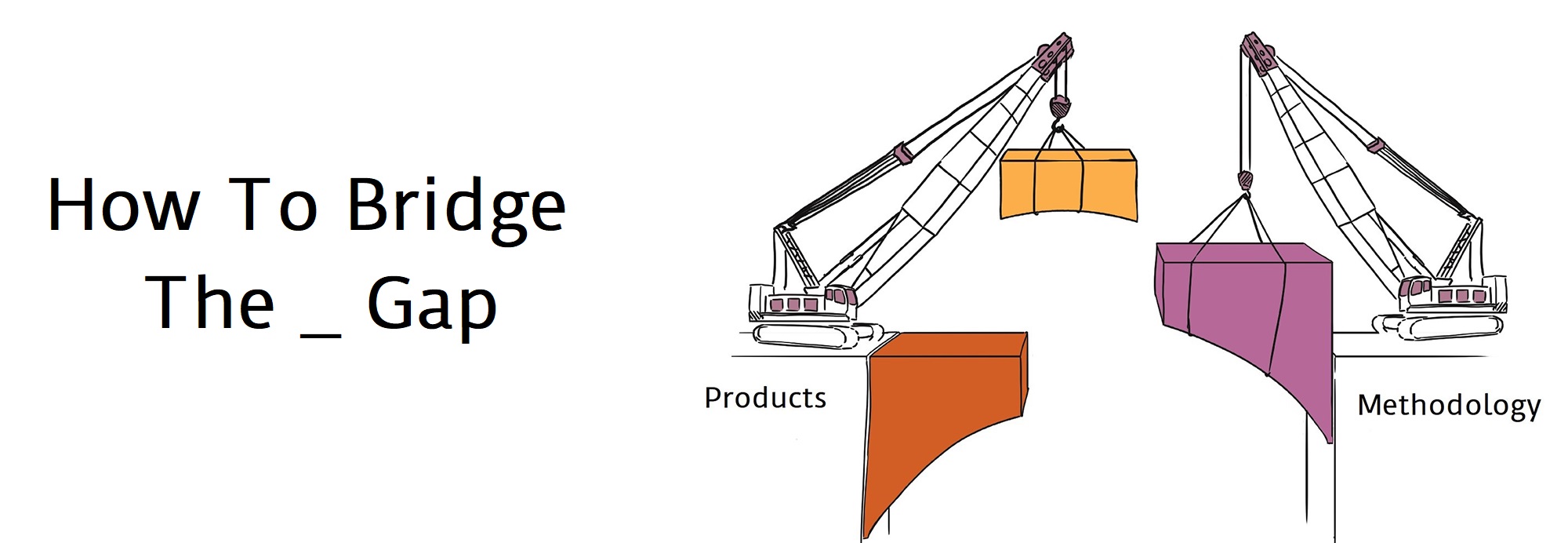
Even when one chooses one camp to belong to over another, there are still further things that continue to divide and subdivide this field of work. Such micro divisions over what amount to little nuances over products and techniques, only serve to discredit the field overall, aid in more perceived disinformation, and drive people into throwing up their hands and possibly choosing alternative damaging methods. The CCUS is trying to bridge this gap with a larger umbrella of possible do no harm methods and products to achieve these methods. We are striving to be much more inclusive than exclusive. And again, trying to achieve this by measuring it with a do no harm principal. That becomes tricky in itself because there can be several or many perceptions of do no harm.
We are attempting to address that with the six pro Vs con questions at the bottom of this page. We are looking at the overall spectrum of this field and those who work in it, and using their fact driven experience and fact related history per product and method. Again, leaving out opinion based things. We welcome all known experts to give all the fact based information they have at their disposal. At the risk of sounding like a broken record you will read, that many times our only conclusion comment may be, “these are all the known facts we have at the present time”. Or other such statements. This unfortunate repeat phrasing cannot be avoided if we are to remain true to fact based building blocks that get us to the truth.
Conclusion
What does all of this mean you may ask? Some things may for the time being lean in the direction of performance and track records and not be as fact based as we would like them to be currently. Sometimes this is as good as it gets and we will continue to improve this as time goes on.
Reversible VS Nonreversible…Current Hot Button Topic That Divides The Field
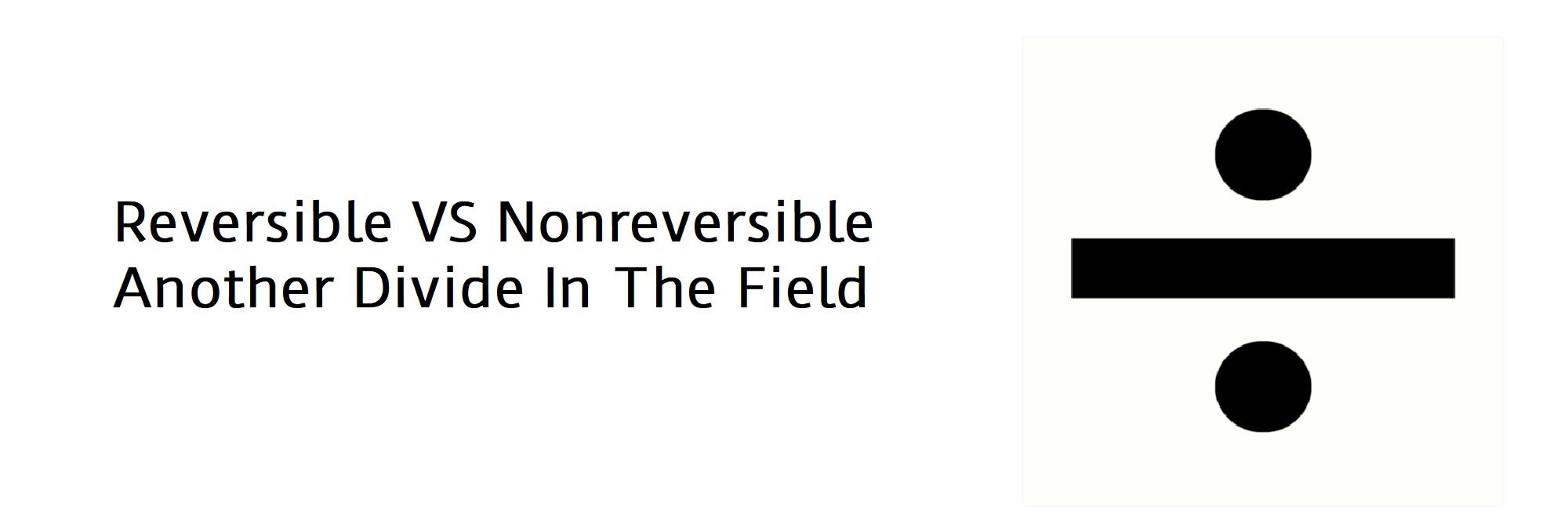
The reversible VS nonreversible train of thought or methodology has become another new dead horse to beat and often senselessly. The idea of methods and products that can be reversed in grave marker repair is based on the premise that with ever changing technology, a newer better thing may come out in the field. This is absolutely highly likely as in all things, so there is some merit to this ideology on its face. It only becomes somewhat ridiculous when radically driven to the point of where everything that is done must be reversible. For example, why would there be an absolute need to reverse the mend to a broken tablet stone? Most conservators can’t see or understand the need to reverse this type of repair. Other work such as restacking a multi-piece monument, where nothing is broken, but merely needs restacked due to falling over, becomes a bit different. Thinking with a reversible train of thought makes more sense here because this marker has multiple pieces and due to gravity, may topple again. So easier to assemble pieces, not permanently affixed will be less damaged and easier to reassemble. Whereas something broken was not something intended to be in more than one piece.
Conclusion
The thought of things being reversible via the repair methods used is not a bad thing to keep in mind. But like all things, should not be taken to extremes as many have proposed. Those in the camp of reversible methods only, are using this as a wedge issue to divide and subdivide the field. Instead of factually investigating the long standing products that have been used and recognizing their history of good performance, they are mostly choosing to throw it all out and start anew with products and methods that are more recent. We would be better off to reexamine the old and further factually test the new. This is a good example of how we are trying to be inclusive and not exclusive by having a larger umbrella. Again, the key problem here is the lack of good factual building block information. And again we are going to work with the best information we have at present, and not the far flung opinions that have no fact basis.
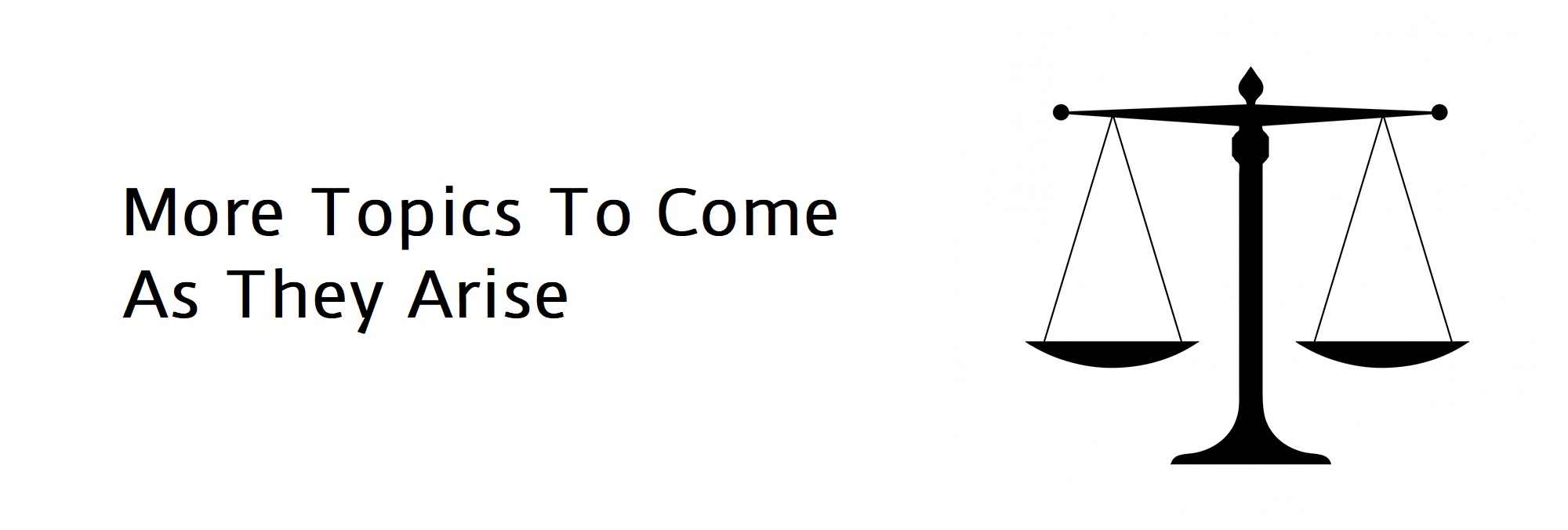
We have just scratched the surface with the topics addressed above. And as with any field, especially a newer field like this one, more controversial topics will arise steadily. We will add more topics to this section as they come up and do our level best to weigh them out equally according to factual information. The best we can do for the time being is to try and sort them out with the method we have devised below. Each method or product we address on this site will be held to this method and their results will be found under SOURCES…Pro VS Con Results
These are the 6 standard questions we will ask of all methods, techniques, and products suggested or discussed on The Cemetery Conservators For United Standards website. Additional questions may be asked pertaining to a given subject depending on the need to ask them based on the subject.
- MSDS… based on the MSDS recommendations. (Scale of 1 to 10) 1 being the most invasive or highest risk to a person’s health & safety. And 10 being the least invasive or lowest risk to a person’s health & safety.
- Testing…has it been tested? (Scale of 1 to 10) 1 being the lowest # of testing done. And 10 being highest # of testing performed.
- Longevity & Performance… based on reliable reports concerning how long & well the product holds up. (Scale of 1 to 10) 1 being the shortest longevity & lowest performance. And 10 being the most longevity & best performance.
- Track Record & Wide Spread Use…How well has this substance or product in this technique held up over the years & how many places has it been used? (Scale of 1 to 10) 1 being the worst track record, least widely used, & least places used. And 10 being best track record, most wide spread use, & most places used.
- Permanence…is the substance or product in this technique, reversible or nonreversible? (Scale of 1 to 10) 1 being the lowest possibility of reversal. And10 being the highest possibility of reversal.
- Cost & Training…how expensive is the product & is there specified training required & what is its cost? (Scale of 1 to 10) 1 being highest cost & most training. And 10 being lowest cost & least training.